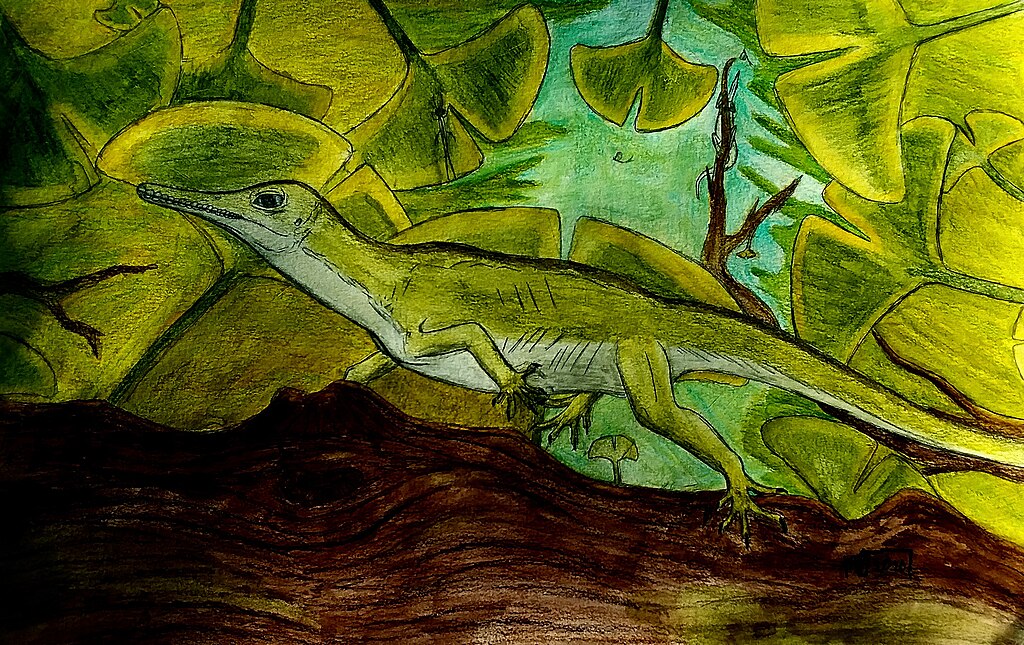The ancient oceans that once covered North America held fearsome predators that would rival even the most terrifying creatures of modern imagination. Among these marine reptiles, Mosasaurus missouriensis stands as one of the most formidable hunters of the Late Cretaceous period. This massive predator patrolled the waters of the Western Interior Seaway, a vast marine corridor that split North America into eastern and western landmasses approximately 80-65 million years ago. The discovery of Mosasaurus missouriensis fossils in Missouri and surrounding states has provided paleontologists with crucial insights into the ecology of prehistoric marine environments and the evolution of reptilian predators. Let’s dive into the fascinating world of this ancient sea monster that once ruled the prehistoric waters of North America.
The Discovery and Naming of Mosasaurus missouriensis

The story of Mosasaurus missouriensis begins in the early 19th century with discoveries that would eventually revolutionize our understanding of prehistoric life. In 1834, fossil remains of this massive marine reptile were first discovered in Missouri, hence the species name “missouriensis.” These early findings consisted of vertebrae and jaw fragments that puzzled naturalists of the time. Dr. Albert Koch, a controversial figure in early American paleontology, acquired some of these specimens and initially misidentified them as belonging to a new species of ichthyosaur. It wasn’t until later scientific examination that these remains were properly identified as belonging to a mosasaur, specifically a new species that would become known as Mosasaurus missouriensis. This identification placed it as a relative of the first mosasaur specimens discovered in the Netherlands in the late 18th century, connecting North American fossil finds to the broader emerging understanding of prehistoric marine reptiles.
Geological Context: The Western Interior Seaway

During the Late Cretaceous period, North America looked dramatically different from what it does today, with a vast inland sea dividing the continent into separate landmasses. This marine environment, known as the Western Interior Seaway, stretched from the Gulf of Mexico to the Arctic Ocean, covering what is now the Great Plains and Rocky Mountain regions with warm, shallow waters. The seaway formed due to high global sea levels and the downwarping of the North American craton, creating ideal conditions for marine life to flourish. Spanning approximately 1,000 miles at its widest point and reaching depths of up to 3,000 feet in some areas, this massive body of water hosted a diverse ecosystem of marine creatures. The Western Interior Seaway provided the perfect hunting grounds for apex predators like Mosasaurus missouriensis, with abundant prey including fish, ammonites, and smaller marine reptiles. The sedimentary deposits left behind as this seaway receded have preserved countless fossils, offering scientists a window into this lost marine world.
Physical Characteristics and Size

Mosasaurus missouriensis was a truly imposing creature, embodying the concept of a prehistoric sea monster with its massive proportions and predatory adaptations. Adult specimens typically reached lengths of 30-40 feet (9-12 meters), placing them among the larger mosasaur species, though not quite as enormous as their relative Mosasaurus hoffmanni. Their bodies were streamlined and hydrodynamic, with four paddle-like limbs evolved from what were once terrestrial legs, providing powerful propulsion through the water. The tail of M. missouriensis featured a downturned vertebral column supporting a large crescent-shaped fin, similar to that of modern sharks, enabling efficient swimming and quick directional changes. Perhaps most striking was the creature’s elongated skull, which could measure up to 4 feet (1.2 meters) in length and was equipped with numerous conical, slightly recurved teeth designed for grasping slippery prey. These teeth lined not only the upper and lower jaws but also the pterygoid bones in the roof of the mouth, creating a deadly trap from which few prey could escape once captured.
Evolution and Taxonomic Classification
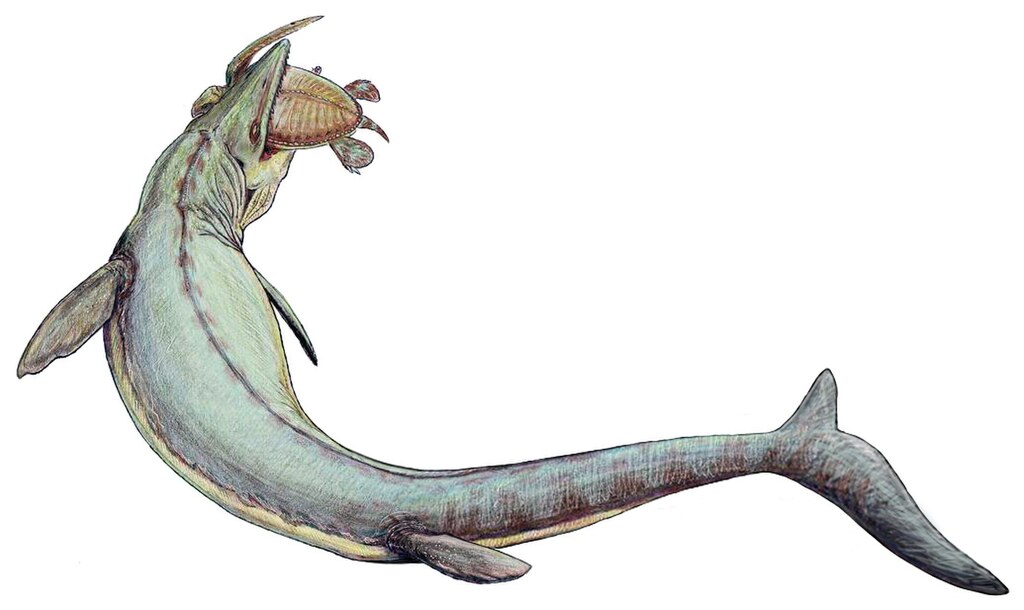
Mosasaurus missouriensis belongs to the family Mosasauridae, a diverse group of marine reptiles that evolved from terrestrial lizards during the Cretaceous period. These creatures represent one of the most dramatic evolutionary transitions in vertebrate history, as they descended from land-dwelling, lizard-like ancestors that returned to aquatic environments. Taxonomically, mosasaurs are classified within Squamata, the same order that includes modern lizards and snakes, making them distant relatives of today’s monitor lizards and Komodo dragons. Within the mosasaur family tree, M. missouriensis belongs to the subfamily Mosasaurinae and the genus Mosasaurus, which includes several species found worldwide. Fossil evidence suggests that mosasaurs evolved from semi-aquatic squamates approximately 98 million years ago and underwent rapid diversification to fill various marine ecological niches. By the Late Cretaceous, when M. missouriensis dominated the Western Interior Seaway, mosasaurs had become highly specialized for aquatic life, with adaptations including paddle-like limbs, streamlined bodies, and tail fins—all clear departures from their terrestrial ancestors.
Hunting and Feeding Behaviors

As the apex predator of its environment, Mosasaurus missouriensis possessed hunting capabilities that made it the undisputed ruler of the Western Interior Seaway. Analysis of jaw mechanics and tooth wear patterns suggests these creatures employed a combination of ambush tactics and active pursuit when hunting. Their powerful jaws could deliver devastating bite forces estimated to be comparable to those of large crocodilians, capable of crushing the shells of ammonites and the bones of smaller marine reptiles. Unlike some mosasaur species that showed adaptations for specific prey types, M. missouriensis appears to have been a generalist predator with an opportunistic feeding strategy. Evidence from fossilized stomach contents and coprolites (fossilized feces) indicates a diverse diet including large fish, sea turtles, smaller mosasaurs, and cephalopods. Particularly fascinating is their ability to use both their jaws and specialized throat anatomy to consume prey. After securing food with their teeth, they could employ a cranial kinesis similar to that seen in snakes, allowing them to “walk” their jaws over prey too large to swallow in a single gulp.
Sensory Capabilities and Intelligence

The sensory systems of Mosasaurus missouriensis were highly adapted for efficient hunting in the marine environment of the Western Interior Seaway. Examination of fossil skull material suggests these creatures possessed large eyes positioned on the sides of their heads, providing excellent peripheral vision for detecting prey movements in the water column. While determining color vision capabilities remains challenging from fossil evidence alone, comparisons with modern reptiles suggest they likely had good vision in the aquatic environment. Beyond sight, M. missouriensis likely utilized pressure-sensitive organs along its snout similar to those found in crocodilians, allowing it to detect minute water disturbances created by potential prey. Endocasts of mosasaur brains indicate relatively large optic lobes and cerebellum, structures associated with vision processing and coordinated movement, suggesting these were intelligent hunters capable of complex behavioral adaptations. The presence of an enlarged parietal foramen (a small opening on the top of the skull) indicates the presence of a parietal eye—a light-sensitive organ that may have aided in depth perception, migration, or thermoregulation by sensing changes in light intensity.
Reproduction and Life Cycle
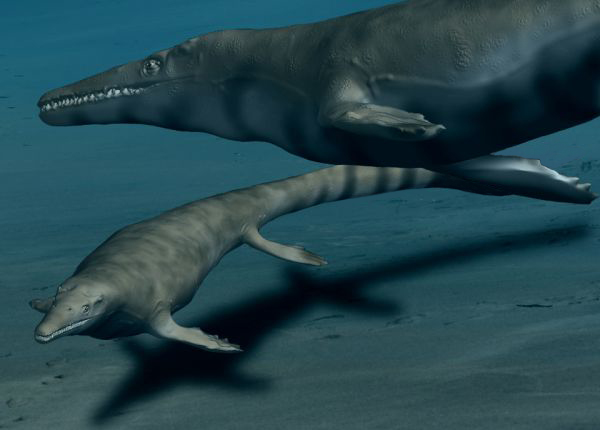
The reproductive biology of Mosasaurus missouriensis represents a fascinating evolutionary adaptation, as these creatures had fully transitioned to a marine lifestyle while retaining aspects of their terrestrial ancestry. Unlike many modern marine reptiles that must return to land to lay eggs, fossil evidence strongly suggests that mosasaurs gave live birth to their young in the water, a reproductive strategy known as viviparity. This conclusion is supported by mosasaur fossils discovered with embryos preserved inside their bodies, though such specimens specifically of M. missouriensis remain elusive. Young mosasaurs were likely born as miniature versions of adults, measuring approximately 3-4 feet (1-1.2 meters) in length. Growth rate studies conducted on mosasaur vertebrae indicate these animals grew relatively quickly during their early years, reaching sexual maturity within approximately 8-10 years. While precise lifespan estimates remain challenging, comparative analysis with modern reptiles and bone histology suggests that M. missouriensis individuals could potentially live for several decades under favorable conditions, gradually reaching their impressive adult sizes.
Paleoecology and Ecosystem Role

Within the complex marine ecosystem of the Western Interior Seaway, Mosasaurus missouriensis occupied the critical position of apex predator, helping to regulate population dynamics throughout the food web. This massive reptile shared its environment with numerous other marine creatures, including various fish species, ammonites, sea turtles, plesiosaurs, and other mosasaur species. The diversity of marine life created a layered trophic structure, with M. missouriensis perched firmly at the top. Fossil evidence from bite marks on prey species and occasional preserved stomach contents indicates these predators played a crucial role in controlling populations of medium to large marine vertebrates. The presence of mosasaur coprolites (fossilized feces) containing partially digested prey remains further illuminates their dietary habits and ecological impact. Interestingly, paleontologists have found evidence of smaller scavenging organisms that would have fed on mosasaur carcasses after death, highlighting the creature’s role in nutrient cycling within the ecosystem even after death. Through these various ecological interactions, M. missouriensis helped shape the biological community of the Western Interior Seaway, influencing evolutionary pressures on numerous prey species.
Notable Fossil Discoveries

Several significant fossil discoveries have expanded our understanding of Mosasaurus missouriensis and its place in prehistoric ecosystems. Among the most important finds was the nearly complete skeleton unearthed in western Kansas in the 1960s, which provided paleontologists with unprecedented insights into the creature’s overall anatomy and proportions. This specimen, consisting of approximately 85% of the original skeleton, revealed crucial details about vertebral structure, limb morphology, and skull architecture that had previously been unknown. Another landmark discovery came from the Pierre Shale formation in South Dakota, where researchers uncovered a Mosasaurus missouriensis specimen with preserved skin impressions, offering rare glimpses into the external appearance of these marine reptiles. The impressions suggested a covering of small, non-overlapping scales rather than the larger, keeled scales seen in some other mosasaur species. Perhaps most exciting was the 1995 discovery in Missouri of a partial skeleton showing evidence of healed bite marks consistent with injuries inflicted by another large mosasaur, providing direct evidence of violent interactions between these formidable predators. Each of these discoveries has added crucial pieces to our understanding of these magnificent creatures, allowing scientists to reconstruct their appearance and behaviors with increasing accuracy.
Extinction and the End of the Cretaceous

The reign of Mosasaurus missouriensis and its relatives came to an abrupt end approximately 66 million years ago during the Cretaceous-Paleogene (K-Pg) extinction event, one of the most devastating mass extinctions in Earth’s history. This catastrophic event, triggered primarily by a massive asteroid impact in what is now the Yucatan Peninsula of Mexico, eliminated approximately 75% of all species on Earth, including all non-avian dinosaurs and marine reptiles. As apex predators requiring substantial food resources, mosasaurs were particularly vulnerable to ecosystem collapse. The asteroid impact caused immediate devastating effects, including massive tsunamis, global wildfires, and an impact winter as dust and aerosols blocked sunlight, dramatically reducing photosynthesis in marine environments. This collapse of primary productivity would have rippled up through the food chain, ultimately depriving large predators like M. missouriensis of their prey base. Additional factors contributing to their extinction likely included ocean acidification from the massive release of carbon dioxide and sulfur compounds, which would have been particularly devastating to shell-forming organisms that formed part of the marine food web. The disappearance of these magnificent marine reptiles left a significant ecological void that would eventually be filled by emerging marine mammals in the subsequent Cenozoic Era.
Scientific Research and Fossil Preparation

The study of Mosasaurus missouriensis specimens requires meticulous techniques and specialized expertise to extract maximum scientific value from these ancient remains. Modern fossil preparation begins in the field, where discoveries are carefully documented with photographs, measurements, and precise geographical coordinates before excavation. The fragile fossils are typically encased in protective plaster jackets for safe transport to laboratory facilities. Once in the lab, skilled preparators use specialized tools ranging from traditional dental picks and air scribes to more advanced technologies like CT scanning to separate the fossilized bone from surrounding matrix rock without causing damage. This process can take months or even years for a single specimen, requiring thousands of hours of painstaking work. Beyond physical preparation, researchers employ various analytical techniques to study M. missouriensis fossils, including histological examination of bone microstructure, isotopic analysis to determine diet and habitat preferences, and comparative anatomical studies to place the species within its evolutionary context. Digital technologies have revolutionized mosasaur research in recent decades, with 3D scanning and computational modeling allowing paleontologists to reconstruct soft tissues, analyze bite mechanics, and estimate swimming capabilities with unprecedented accuracy.
Cultural Impact and Museum Exhibitions
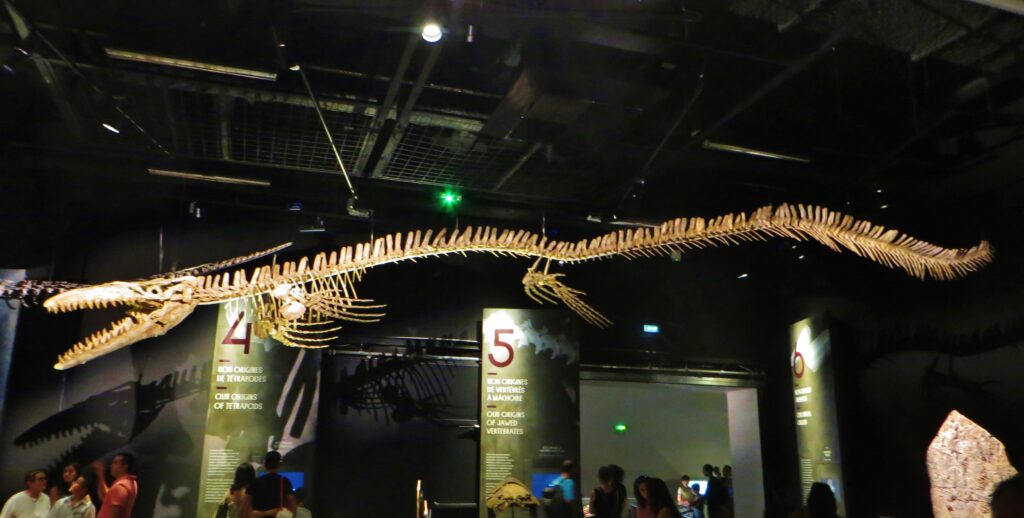
The fearsome appearance and massive size of Mosasaurus missouriensis have captured public imagination, making it a popular subject in museum exhibits and popular media worldwide. Impressive mounted skeletons and life-sized reconstructions of this marine predator serve as centerpiece attractions at major natural history museums, including the American Museum of Natural History in New York and the Field Museum in Chicago. These exhibits typically feature contextual information about the Western Interior Seaway ecosystem, helping visitors understand the prehistoric environment these creatures dominated. Beyond traditional museum settings, M. missouriensis has made notable appearances in popular culture, most famously in the “Jurassic World” film franchise, which featured a somewhat exaggerated version of a mosasaur performing spectacular feeding behaviors. While these portrayals often take creative liberties with scientific accuracy, they have nonetheless generated significant public interest in mosasaurs and marine paleontology more broadly. Educational programming at museums and science centers frequently uses M. missouriensis as an engaging entry point to discuss broader concepts in evolution, extinction, and ancient ecosystems, demonstrating how these prehistoric predators continue to serve as powerful ambassadors for science education.
Modern Analogs and Evolutionary Legacy
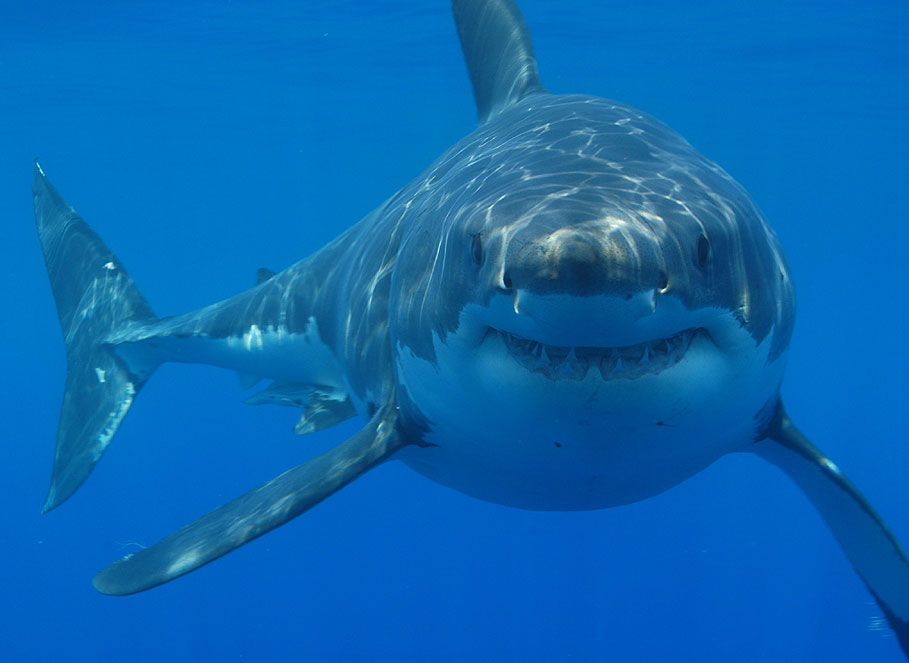
While no direct descendants of Mosasaurus missouriensis survive today, examining modern marine predators can provide valuable insights into how these ancient reptiles may have lived and behaved. Perhaps the closest ecological analogs in today’s oceans are large predatory sharks such as great whites and orcas (killer whales), which occupy similar apex predator niches. These modern hunters share convergent adaptations with mosasaurs, including streamlined bodies, powerful tails for propulsion, and formidable jaws specialized for capturing and dispatching large prey. From an evolutionary perspective, mosasaurs represent a fascinating example of secondary adaptation to aquatic life, a transition that would later be paralleled by the ancestors of whales and dolphins millions of years after mosasaurs’ extinction. The mosasaur body plan, with its highly modified limbs and specialized feeding apparatus, demonstrates how selective pressures in marine environments can shape diverse vertebrate groups toward similar solutions. Genetic studies of modern monitor lizards and other squamates have helped clarify the evolutionary relationships between mosasaurs and living reptiles, confirming that these magnificent marine predators were indeed specialized lizards rather than a separate reptilian lineage. This evolutionary connection reminds us that the seemingly humble lizards in today’s world are distant relatives of some of the most formidable marine predators ever to patrol Earth’s oceans.
Conclusion
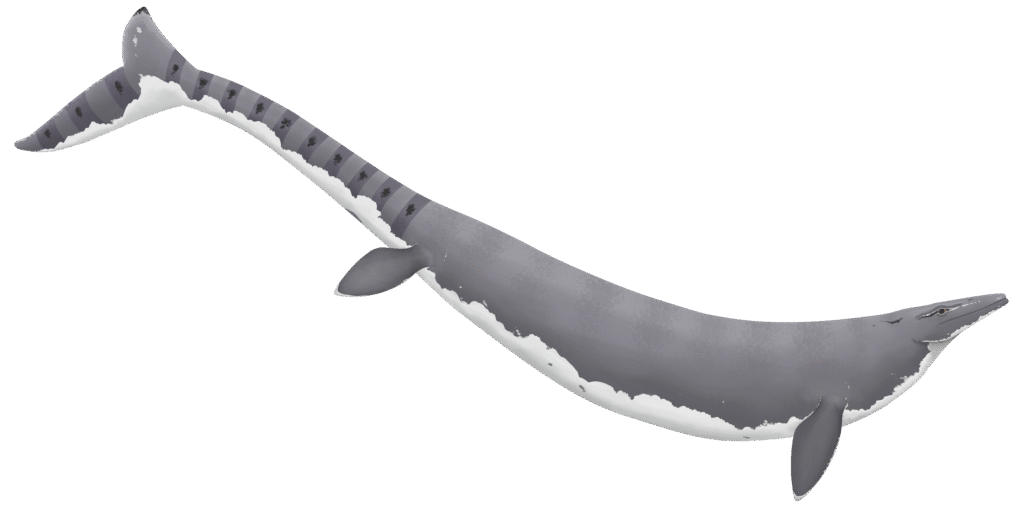
Mosasaurus missouriensis stands as a testament to the incredible diversity of life that has inhabited our planet throughout its long history. As a dominant predator of the Western Interior Seaway, this massive marine reptile played a crucial role in shaping Cretaceous marine ecosystems across what is now the American Midwest. Though extinct for 66 million years, continued fossil discoveries and advancing research techniques continue to reveal new details about its anatomy, behavior, and ecological significance. From its powerful jaws lined with conical teeth to its streamlined body built for pursuing prey through ancient seas, M. missouriensis represents one of nature’s most impressive evolutionary experiments in marine predation. By studying these magnificent creatures, scientists gain valuable insights not only into Earth’s past but also into fundamental principles of adaptation, ecosystem dynamics, and evolutionary processes that remain relevant to understanding our modern world.




